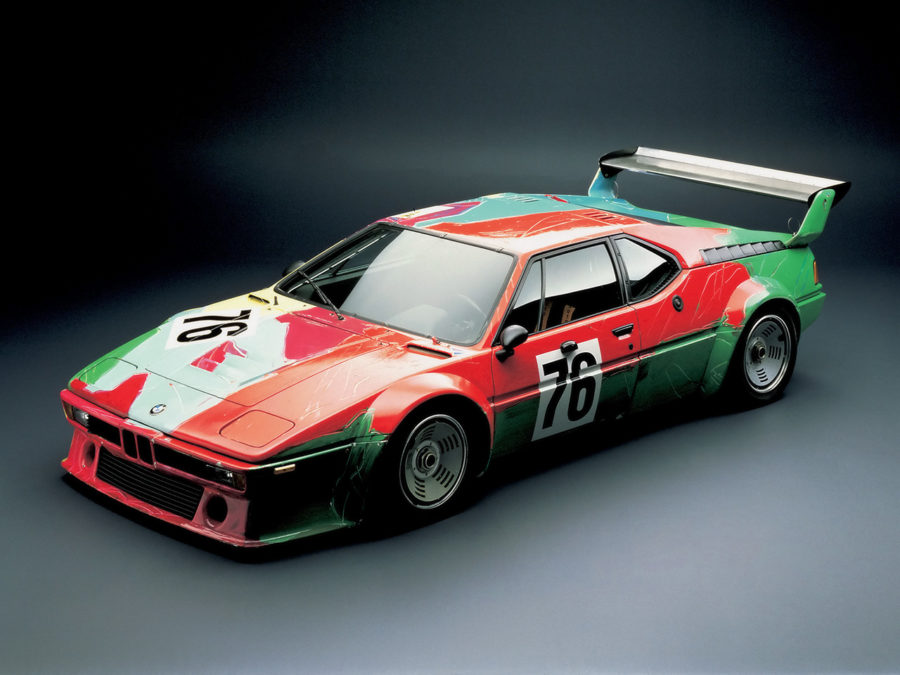1979 BMW M1 Group 4 Race Version
This Art Car is one of the highlights of the collection of artworks on wheels. No lesser person than Andy Warhol immortalized himself in this M1. He even took responsibility for transferring the smaller scale design to the actual bodywork himself with only the aid of his assistant. Warhol explained the bold, bright and lucid brush and finger strokes on the Art Car BMW M1 thus:
“I tried to portray a sense of speed. When a car is going really fast all the lines and colors become a blur.”
Immense speeds were also achieved by this 470 bhp six cylinder automobile at the Le Mans 24-hour race at which the BMW gained the second position in its class. The M1 still finished the race as a winner – definitely in the eyes of the public who were captivated by the sight of this dashing canvas.
Gallery
Click any image below for larger view
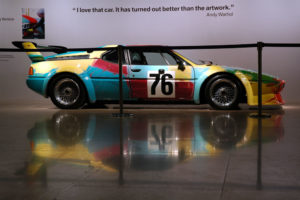
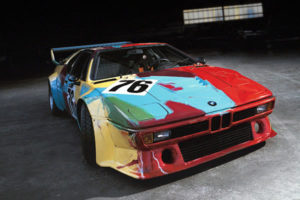
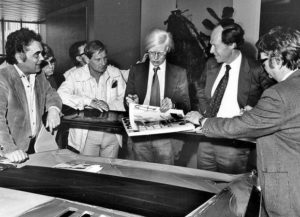
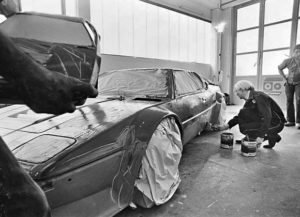
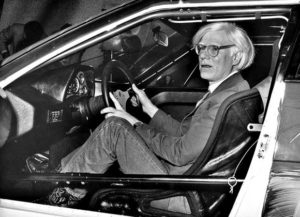
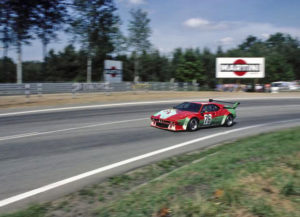
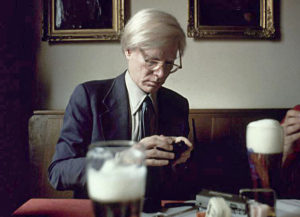
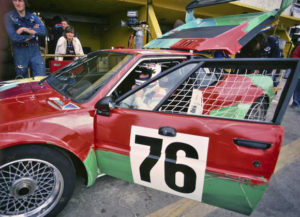
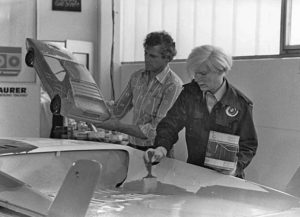
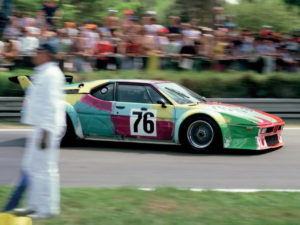
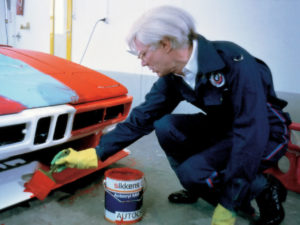
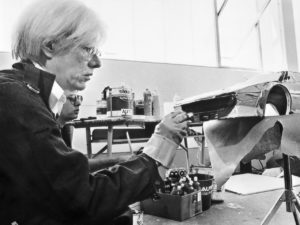
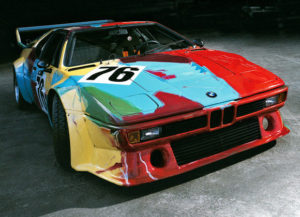
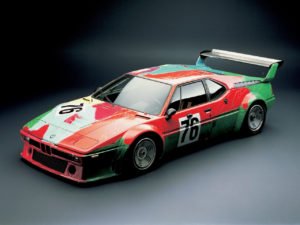
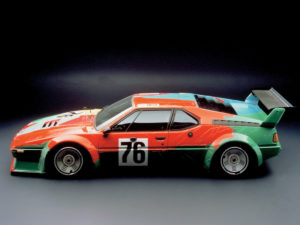
Andy Warhol | USA
The name Andy Warhol is nowadays almost synonymous with pop art. Born in Pittsburgh, Pennsylvania (USA) in 1928, he studied from 1945 to 1949 at the Carnegie Institute of Technology, and immediately after this started a career as a successful graphic artist in the advertising sector.
His work went on display as early as 1952 in New York. In 1956 he received the coveted “Art Directors Club Award.” At his legendary “Factory,” at which he employed a whole team of workers, classic art concepts were negated and overturned in an unprecedented manner.
His “mass productions” of prominent faces became well known, as well as painted trivialities such as soup tins and Coca-Cola bottles. Warhol died in 1987 in New York. Two years after his death, the Museum of Modern Art dedicated a full retrospective exhibition to him.
1979 BMW M1 Group 4 Race Version
- 6-cylinder inline engine
- 4 valves per cylinder
- Twin overhead camshafts
- Displacement: 3,500 cc
- Power output: 470 bhp
- Top speed: 307 km/h
Andy Warhol and the BMW Art Car
In keeping with Andy Warhol’s view of art, a car as a rolling work of art is more typical than unusual. Anybody who declares soup cans to be a work of art or suggest closing a whole department store and keeping it as a museum for posterity must be unable to sense any conflict between functional technology and free artistic composition. The studio therefore became a “factory,” and the dichotomy between sophisticated art and everyday life was virtually eliminated.
“I adore the car, it’s much better than a work of art.”
— Andy Warhol
Andy Warhol set about work in an equally unabashed manner after being commissioned to transform a BMW M1 into a BMW Art Car as he thought best. All the other artists who had previously decorated BMW racing cars had done so by painting a draft version on a scaled-down model; this was then transposed to the actual car by assistants under the artist’s supervision. Warhol, however, was the first to paint everything himself. By transferring his ideas to the car in this spontaneous and direct manner, he could clearly stamp his own character on it.
The first and only time this rolling work of art took part in a race was at the Le Mans 24-Hour Race in 1979. It was driven by Manfred Winkelhock from the Federal Republic of Germany and the Frenchman Herve Poulain and Marcel Mignot. They finished sixth overall and second in their class.
